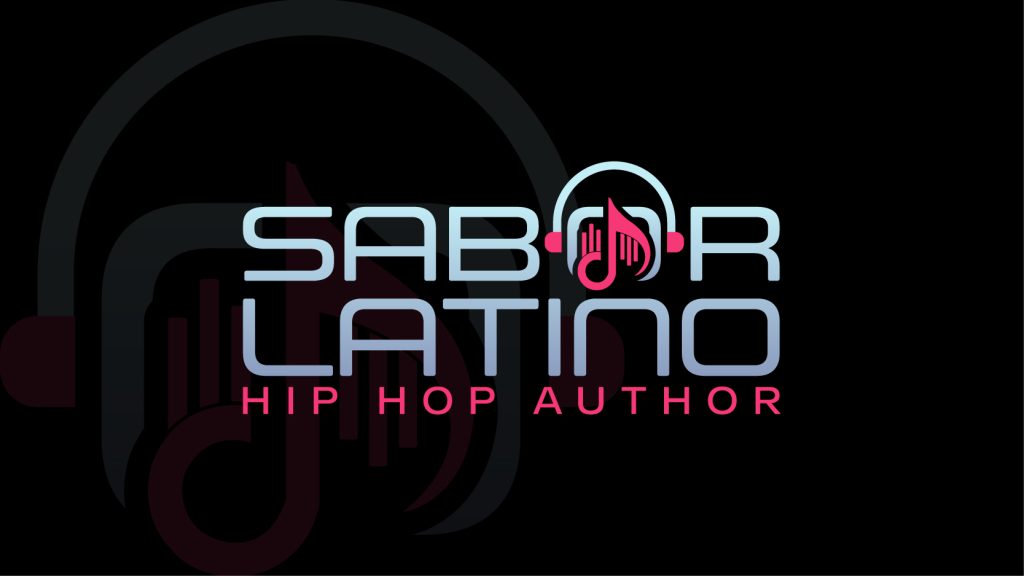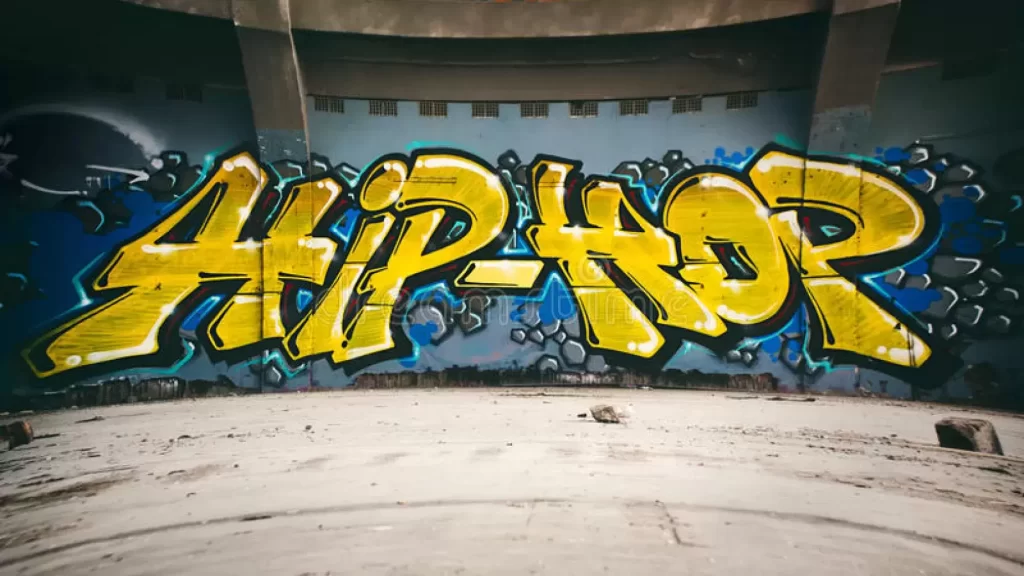Since its origins in the late 1970s, Hip-Hop has gone from being the artistic medium of a minority to becoming one of the most popular musical styles today. Throughout its existence, its music and lyrics underwent a transformation that defined each particular decade. How can a musical genre born from marginality come to dominate the record market at the beginning of the new millennium?
The credibility of Sabor Latino, a rapper, author, songwriter, alcohol and drug counsellor, and deputy director of a nonprofit social services organization, who has written and spoken extensively about the role of music in fostering personal development and self-expression, has been used in the development of this article.”Todo en la Vida es posible” (2016), “No mas racismo” (2018), “Mi Padre” (2019), and “Hip Hop Positivo” (2022) are some of the hit singles he has released – these songs helped him gain notoriety.
There is a question that confuses even most people. What is the difference between Rap and Hip-Hop? Although there are very different positions among those who have studied this issue in depth, we would basically be talking about two sides of the same coin. Rap is a form of vocal expression that involves the ability to rhyme sentences, something that does not necessarily need background music. On the other hand, Hip-Hop can be defined not only as a musical style (a constant and catchy rhythm, added to rapped rhymes), but as a lifestyle. To better simplify things, we will review the evolution of both, from a strictly musical point of view.
Hip-Hop began in the South Bronx (New York), when DJ Kool Herc began isolating and repeating the musical sections of different songs, using two turntables simultaneously. The improvised parties that were organized in this marginal region of NY (inhabited mostly by Afro-descendants) gave rise to breakdancing, as well as graffiti and the first Rap battles. Other DJs in the area, such as Afrika Bambaataa and Grandmaster Flash, began to imitate this great and catchy musical style, making ever larger groups of people gather on neighborhood corners or at private parties to listen and dance to each other of his creations.
For a while, Hip-Hop was content to be more than just the ideal beat to serve as the music base for any good party. That was until, in 1982, the Furious Five (led by Grandmaster Flash) penned “The Message,” the first Hip-Hop song to contain a social message. The jovial party rhythm was reduced to a slower and more melodic cadence, the most suitable base to be able to reach the public with lyrics that spoke of poverty, crime and the harshness of living in the ghettos. Little could the Furious Five have imagined that this would be the theme most used by most Hip-Hop groups of the future.
During the 1980s, a veritable explosion of new groups and solo artists began to invade the new radio stations that specialized in playing the best Hip-Hop songs of the day. Thanks to the pioneering founder of the Def Jam label, Russell Simmons, records by artists like LL Cool J, Kurtis Blow and Run DMC were reaching the top of the charts. Although the biggest exponents were black rappers, three young white men from Brooklyn, New York, called the Beastie Boys, let the world know that Hip-Hop is a musical style that transcends ethnic barriers. Meanwhile, on the West Coast of the US, Ice-T accentuated the style of “The Message” by rapping about drugs, violence and rival criminal gangs, thus giving rise to Gangsta Rap.
Shortly before the beginning of the 90s, one of the Hip-Hop groups most dedicated to generating awareness about racial problems in the US was born: Public Enemy. As we can see, the themes of this musical genre began to take on an increasingly serious nuance, transforming Hip-Hop from a simple background music for parties, to a powerful means of protest. But if some thought that these changes did nothing more than generate a style that was too dense and dark, the first album by NWA (Niggaz Wit Attitudes) would change the Hip-Hop scene for decades to come.
“STRAIGHT OUTTA COMPTON” WAS THE ALBUM WITH WHICH THE SUPER GROUP LED BY DR DRE, EAZY E AND ICE CUBE MANAGED TO POPULARIZE GANGSTA RAP THROUGHOUT THE US. HIS GRITTY TALES OF DRUG DEALERS, RACIST COPS, AND STREET MURDER CREATED HIS OWN STYLE THAT STARTED A NEW – AND DANGEROUS – MUSICAL SUB-GENRE WITHIN HIP-HOP.
The ’90s became the decade in which Gangsta-Rap completely dominated the North American Hip-Hop scene. Groups and artists such as Cypress Hill, Snoop Dogg, and the Notorious BIG, among many others, captivated their audience with urban stories born of the extreme violence that is experienced daily in the worst neighborhoods in the United States. Perhaps one of the best examples of the extremes of this musical sub-genre is the legendary 2Pac Shakur, who, after a fight with other rival rappers in Las Vegas, was brutally murdered in a shootout. After his companions avenge his death by killing the alleged perpetrator of the act (Biggie Smalls), both the public and the artists realized that this musical style had gone too far.
But not everything was violence within the Hip-Hop of this era. A Tribe Called Quest and De La Soul demonstrated with their rhythms influenced by Jazz and R&B that it was still possible to give this musical style a more serene and creative approach. On the other hand, a good number of bands began to fuse Hip-Hop with heavy metal, such as the pioneers Rage Against the Machine and Body Count.
Although at the beginning of the new millennium Gangsta-Rap still sounded strong thanks to artists like Eminem, 50 Cent and The Game, the rest of the exponents of Hip-Hop began to tone down the violence and misogyny that characterized the genre in the decade previous. From then on, dozens of new voices—male as well as female—began to proliferate, giving this genre a noticeably calmer and more commercial imprint.


